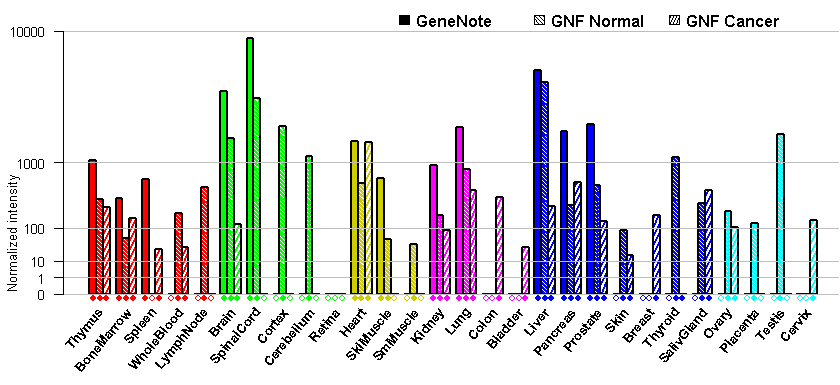Alias (According to NCBI)
- AAG4,
- APOJ,
- CLI,
- KUB1,
- MGC24903,
- SGP-2,
- SGP2,
- SP-40,
- TRPM-2,
- TRPM2
- ging-associated protein 4;
- apolipoprotein J;
- clusterin (complement lysis inhibitor, SP-40,40, sulfated glycoprotein 2, t
- estosterone-repressed prostate message 2, apolipoprotein J);
- complement lysis inhibitor;
- complement-associated protein SP-40;
- sulfated glycoprotein 2;
- testosterone-repressed prostate message 2
Description
(According to SwissProt)
- Not yet clear. It is known to be expressed in a variety of tissues and it seems to be able to bind to cells, membranes and hydrophobic proteins. It has been associated with programmed cell death (apoptosis).
- Chromosomal location
(According to NCBI, CGH: progenetix)
- Location: 8p21-p12
- Size: 17877 bp
- exons: Transcript variant 1 : 9 ; Transcript variant 2 : 8
- DNA sequence (Human): NC_000008.9
![]()
CGH (8p21): Losses (%) -28.5 Gain (%) 3.9
mRNA sequence (Human):
Transcript variant 1 : NM_001831.2
Transcript variant 2 : NM_203339.1
Size:
Transcript variant 1 : 2859
Transcript variant 2 : 2979
cDNA libraries: CLU
- Size:449 amino acids; 52,495 Da
Subcellular location: Secreted
Protein domains

Pathway:
Protein interactions: CLU

- Tissue expression: PubMed Reference
- Human Protein Atlas (HPA): HPA000572
- OMIM : 185430
- PubMed: Early detection Diagnosis Prognosis Therapy